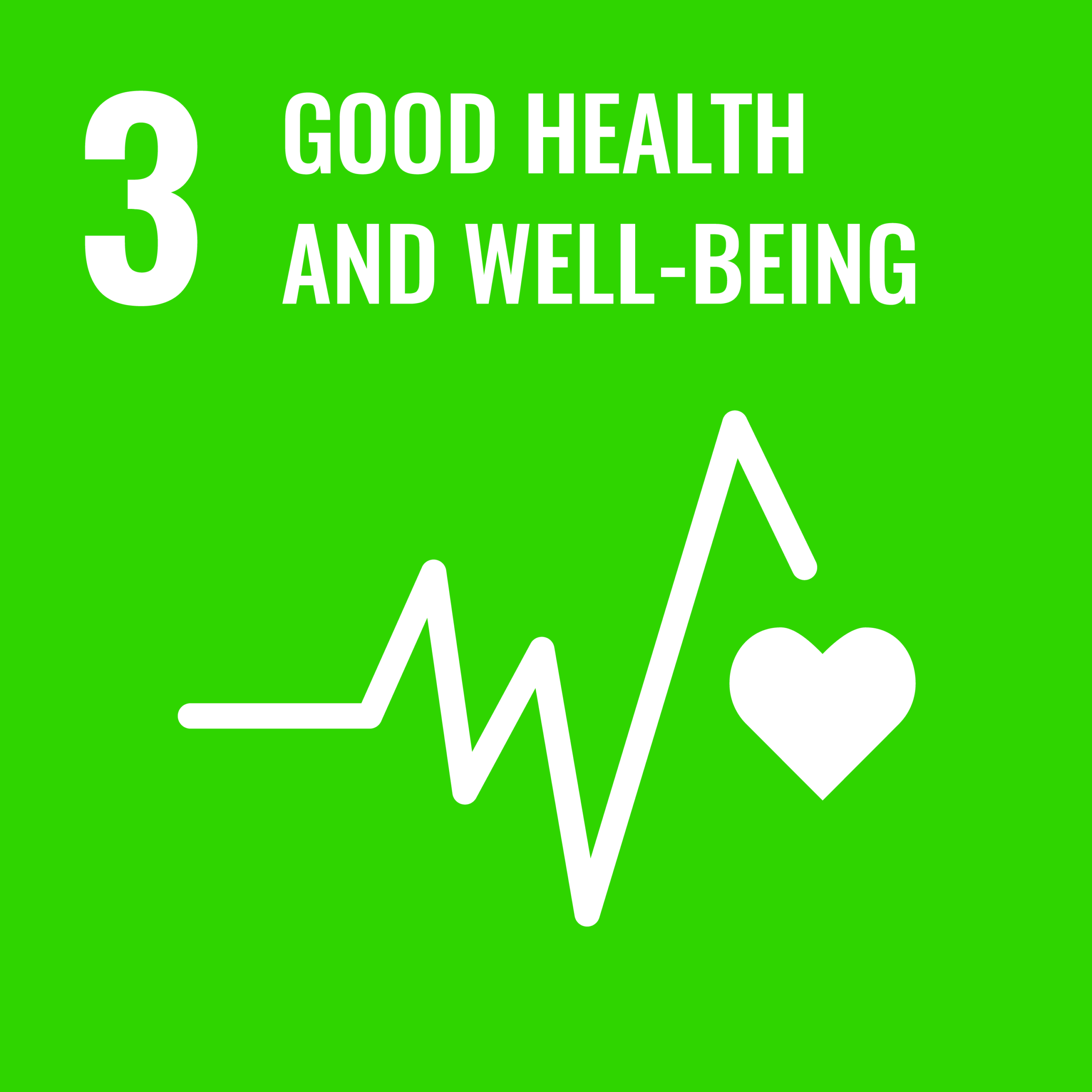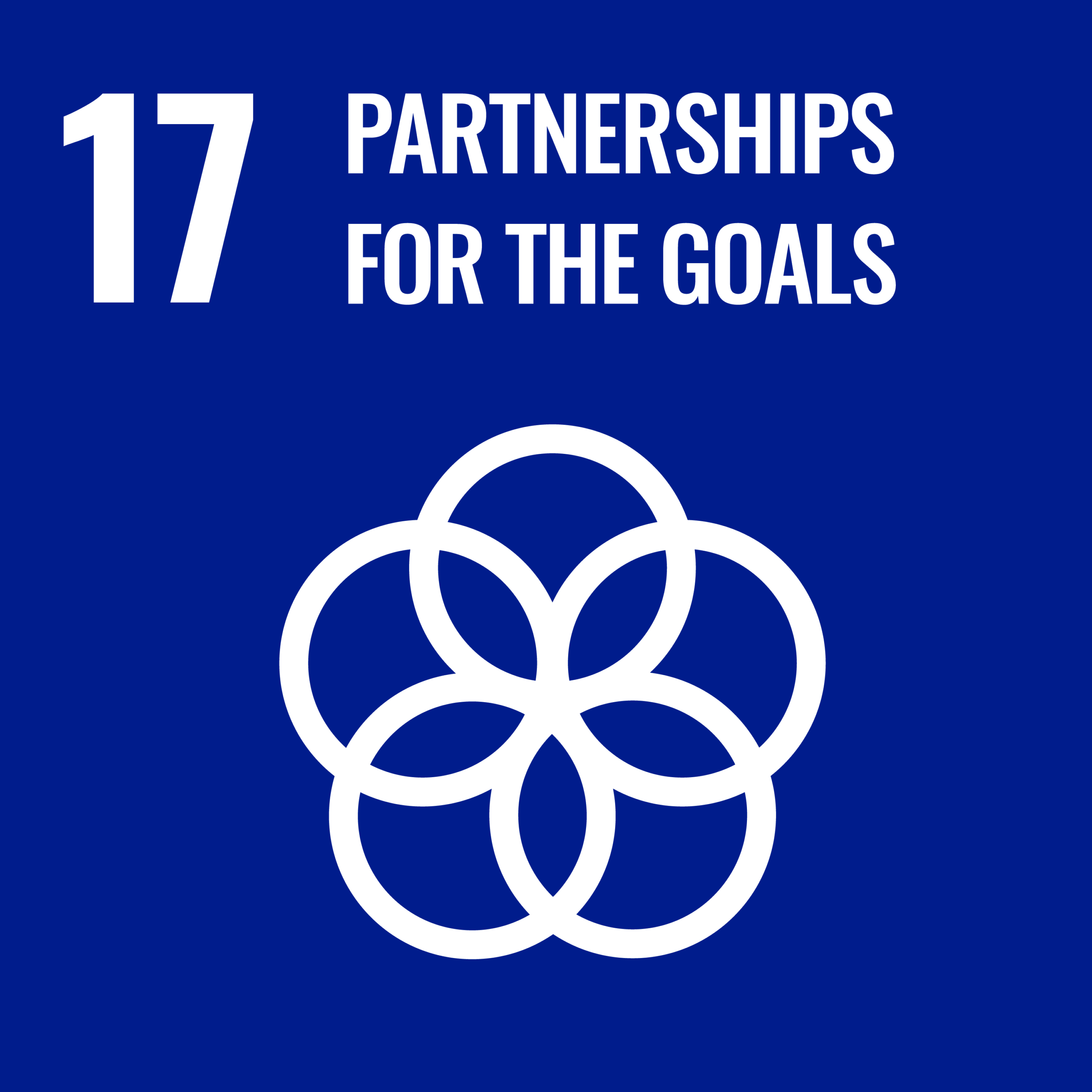Using weather patterns to predict dengue outbreaks
Dr. Ting-Wu Chuang

Associate Professor, Department of Molecular Parasitology and Tropical Diseases
Joint-Appointment Associate Professor, International Master/Ph.D. Program in Medicine
Joint-Appointment Associate Professor, Master Program in Applied Molecular Epidemiology
Joint-Appointment Associate Professor, School of Public Health




Summary
Fluctuating climates significantly impact dengue transmission and can serve as a useful early warning mechanism to predict future dengue outbreaks.
Original Research Article: Effects of local and regional climatic fluctuations on dengue outbreaks in southern Taiwan
Climate change has constantly made headlines, not just in the forms of hot debates but also through calamitous events such as blizzards, hurricanes, flash floods, and heatwaves. Climate change consequences have often been painted with the image of melting glaciers and rising sea levels. However, there are deadlier problems breeding right in our backyards. Long back in 2000, the World Health Organization (WHO) published a bulletin predicting the average global temperatures to rise by 1.0 to 3.5oC by 2100. As a repercussion, it stated climate change-driven alteration of the temperature, precipitation, and humidity is expected to affect the biology and ecology of a range of organisms. Researchers feared that a spike in vector population and the risk of disease transmission are almost inevitable. It is concerning as vector-borne diseases such as dengue, malaria, yellow fever, Lyme disease, plague, and leishmaniasis kill over 700,000 people globally each year, with most cases found under tropical and warmer climates.
Dengue fever is among the commonly transmitted vector-borne diseases in tropical and subtropical regions. Aedes mosquitoes are the primary vectors responsible for the transmission where Aedes aegypti is the leading cause for urban dengue infection while Aedes albopictus is mainly associated with cases in rural areas. According to WHO, the rate of dengue infection worldwide has increased significantly in recent decades, and around 100 to 400 million infections are being reported each year.
The impact of climate change on public health has been long recognized. Consequently, several interventions and policies to mitigate climate change have been set in motion in the national and international regions. In many situations, the epidemics and deadly consequences of these climate variabilities on the health of the human populations exposed can be prevented and controlled by developing adequate surveillance and preparedness tools. Existing dengue control prevention and management is ineffective as it is only initiated upon receiving reports of locally acquired human cases. Hence, making it a step too late in controlling the vector propagation and virus transmission from the very beginning. Such lack of a reliable early warning mechanism inspired a group of researchers from the Department of Molecular Parasitology and Tropical Diseases at Taiwan Medical University (TMU) to develop a climate-based forecasting model as a solution.
The geographical positioning of Taiwan, placed in the northern edge, makes it highly unlikely to experience dengue outbreaks all year long compared to its Southeast Asian neighbors. However, it has been a victim of imported cases, mainly from international travelers in spring, leading to local outbreaks during subsequent summer and fall. The rate at which the disease transmits locally is theorized to result from the regional environment and climate conditions. A number of past studies did associate factors such as temperature, relative humidity, and precipitation with dengue transmission. Yet, no firm prediction model based on these parameters has been used to give out early warning alerts.
In 2014 and 2015, Taiwan experienced unprecedented dengue outbreak incidences, but the cause remains unclear, especially in terms of its association with climate fluctuation. Till today, events of this scale remain a burden for public health personnel to implement the best control and prevention measures. On the bright side, the epidemiologists of TMU believe that an effective dengue early warning system is just a stone’s throw away from establishment. Climate variability could be the key to it all. They hypothesized that the transmission is influenced by interannual climate variations that affect mosquito ecology and subsequent dengue virus transmission. Since climate, vector ecology, and social economics vary from one continent to another, it brought about the need for a regional analysis of the local transmission cause. As a result, two major dengue hotspots, Kaohsiung City and Tainan City, and their local and regional weekly minimum temperature were identified as a reliable indicator for predicting disease transmission. Apart from that, the association between regional climate phenomena (El Nino-Southern Oscillation (ENSO) and Indian Ocean Dipole (IOD)) and dengue inter-annual outbreaks were investigated along with the monthly data of the local climate parameters.
Analysis of the reported dengue cases and climatic conditions of the two hotspots concluded that temperatures higher than 23˚C is optimal for mosquito development and virus propagation. With high temperature, the mosquito life cycle accelerates, increasing the mosquito proliferation rate. At the same time, the virus gets to replicate much faster within the mosquito, shortening the time required for the mosquito to become infectious. On the other hand, increased rainfall or precipitation may decrease the temperature, but it increases the chances of water puddle formations favorable for mosquito breeding. With more people choosing to stay indoors during the wet season, the probability of contact and the risk of infection increases. These effects are predicted to last up to 10-15 weeks.
In conclusion, implementing improved outbreak prediction and detection through coordinated epidemiological and entomological surveillance is among the few ways to reduce dengue morbidity effectively. The climate-based predictive model for dengue early warning alert developed by this research is capable of providing reliable forecasting results 6 weeks ahead of the outbreak. With this, healthcare personnel and public health decision-makers are given sufficient timeframe to initiate timely preventive measures to reduce the rate of dengue infection as well as prevent a higher death toll. By extension, a similar climate-based forecasting model could be applied to predict the risks of other vector-borne disease transmissions such as Zika and Chikungunya. Essentially, the development of such an early warning model would contribute towards Taiwan’s effort in realizing the 3rd United Nations’ Sustainable Development Goal (SDG 3), Good Health and Well-Being, to reduce premature mortality from non-communicable diseases through prevention and treatment. Likewise, it is a tool necessary to strengthen resilience and adaptive capacity to climate-related hazards, in this case, vector-borne disease transmissions, not just in Taiwan but also to support other countries facing similar threats. Thus, amplifying the usefulness of this development in fulfilling some of the crucial targets of the United Nation’s Sustainable Development Goals 13 (Climate Action) and 17 (Partnerships for the Goals).
For interviews or a copy of the paper, contact Office of Global Engagement via global.initiatives@tmu.edu.tw.








